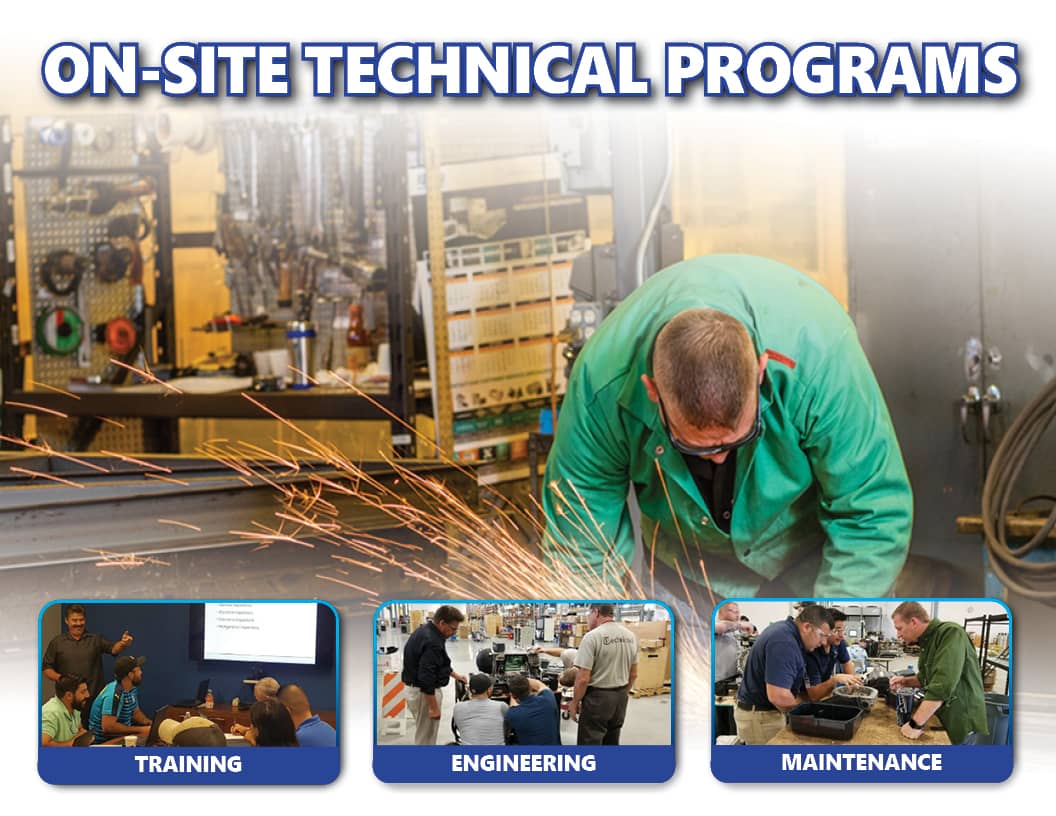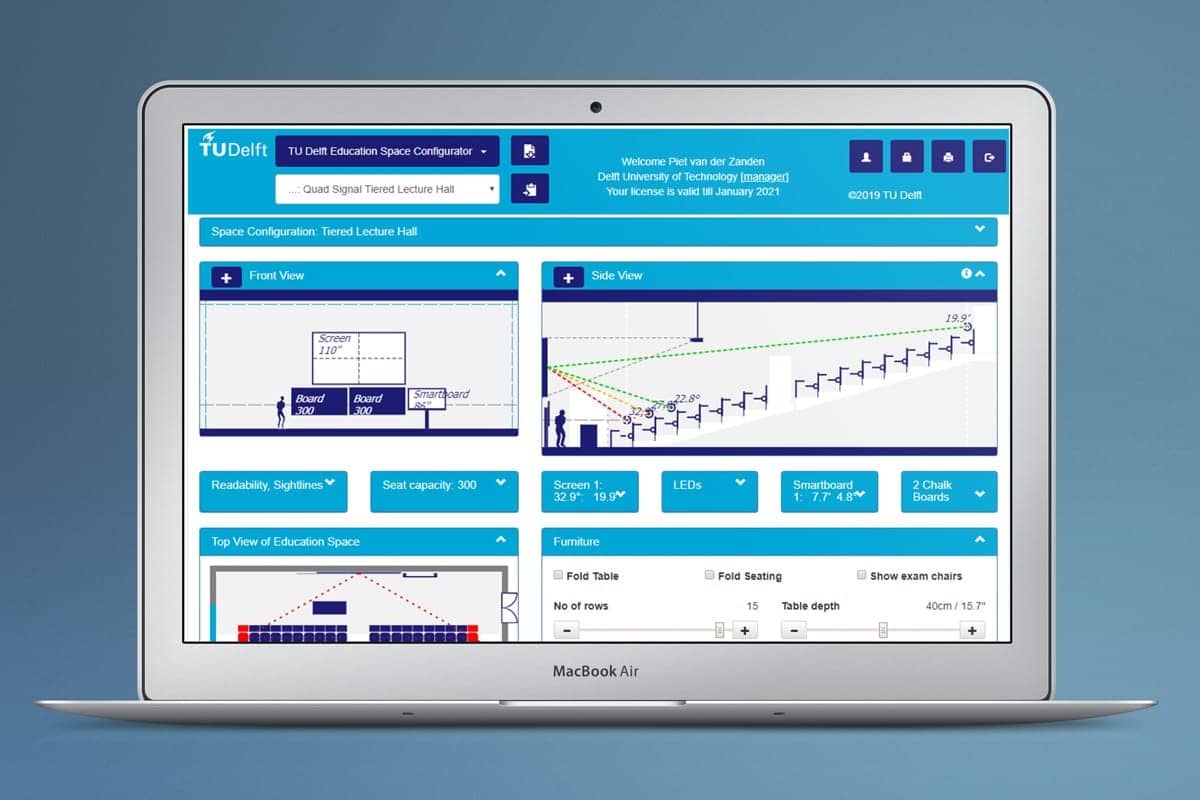In the modern day, technology has infiltrated every aspect of our lives; school is no exception. Technology in education has made learning easier and more efficient than ever before, with students able to get a quality education even without stepping into a classroom. From interactive whiteboards to iPads, smartphones, and other devices, there are many ways that technology can enhance the learning experience for both teachers and students alike.
In this post, we will explore the 7 benefits of using technology in education to help ensure that everyone gets the most out of their educational journey!
1. Increased Efficiency
Technology can provide students with more efficient ways to work on assignments and complete tasks, saving valuable time that would be spent searching for resources or completing mundane tasks.
For example, technologies such as course management systems can be used to store class materials, resources, and lecture notes in one place that is easily accessible by students.
In the past, it takes hours to complete the painting, now with an iPad, it can be done within minutes.
Another benefit of speed, the communication. Technology has made communication easier and faster than ever before, allowing students from all over the world to connect with each other and learn from one another in real-time. Zoom, WhatsApp, Telegram, Messenger, Skype, and other communication tools make it easy to share, call and send a message instantly anywhere.
Thanks to technologies such as email, video conferencing, chat platforms, and more, teachers can quickly discuss topics with their students or provide feedback in a timely manner.
This can create a more engaging learning environment where everyone is able to express their thoughts without having to worry about time constraints or language barriers.
2. Improved Interactivity
Technology can improve the interactivity between students and teachers during classroom activities or lectures. With interactive whiteboards, teachers can produce engaging visuals with sound and video while also allowing students to collaborate on projects.
Plus, with remote learning becoming more popular due to the pandemic, technologies like Zoom provide an effective way for teachers and students to stay connected even when they’re not physically in the same room.
But even in a traditional classroom setting, technologies such as tablets, computers, and projectors allow teachers to present information in an interactive and engaging way so that all students can understand the material better.
In the past, it was difficult to remember the equation as it can be easily forgotten. Now with an AI tool in the student’s smartphone, they can easily solve any math equations in a few seconds.
3. Increased Accessibility:
Students now have access to educational materials 24/7 through online platforms like EdX or Coursera. This increased accessibility allows students to learn at their own pace and develop a better understanding of the material than they would in a traditional classroom setting.
Plus, with remote learning, teachers can provide support and guidance to students who otherwise may not have access to education due to geographical or financial constraints.
One more benefit is making educational resources more accessible to everyone, regardless of their background. With technology, anyone can access world-class education and gain knowledge no matter where they are in the world.
4. Enhanced Collaboration:
With technologies such as video conferencing or social media platforms like Edmodo, teachers can host virtual classrooms where students can collaborate on projects or assignments in real-time with peers from around the world.
This kind of collaboration not only helps students learn more effectively but also develops important skills like communication and problem-solving that are essential for success later on in life.
Not only the collaboration between students but also the collaboration between teachers and educators. Now, with technology, it is much easier for educators to share ideas and resources to ensure that everyone has access to the best material available.
 5. Improved Presentation Skills:
5. Improved Presentation Skills:
With technologies like presentation software, students can develop their skills in crafting professional-looking presentations that engage the audience. This will help them learn how to communicate ideas effectively and clearly, which is an important skill in any field of study.
All programs like Ted talk can help students to get used to presenting in front of an audience and enhance their communication skills.
6. Improved Assessment:
Technology can help teachers assess the understanding level of students better by using online tests and assessments. This allows teachers to have a more accurate picture of the student’s knowledge and adjust teaching methods accordingly.
Also, with AI-based technologies, it is now possible to create personalized learning experiences that are tailored specifically to each student’s needs. This way, every student can progress at their own pace while also receiving individualized attention from the teacher.
7. Greater Efficiency:
Finally, technology can help improve the efficiency of education by streamlining processes such as grading, attendance tracking, and workflow management. This allows teachers to focus more on teaching and less on administrative tasks.
Technologies like machine learning can help automate some of the tedious tasks allowing teachers to focus their energy and time on what really matters – teaching students.
All in all, technology has revolutionized the way we teach and learn by providing many benefits such as increased accessibility, enhanced collaboration, improved presentation skills, improved assessment tools, and greater efficiency. With so many advantages, it’s no wonder why technology is becoming increasingly popular in education!
The use of technology in education has become increasingly popular over the years, with more schools incorporating it into their lesson plans every day. Not only does it provide a more efficient way for students to learn, but it also helps them develop important skills that will serve them well throughout their lives.



 5. Improved Presentation Skills:
5. Improved Presentation Skills: